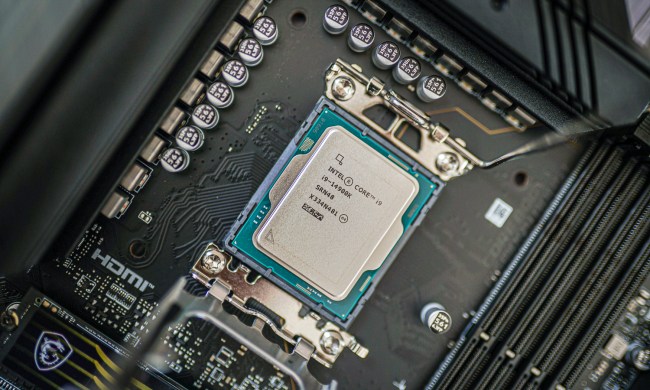Chip-maker Intel has announced a formal name for its forthcoming “Nehalem” line of desktop processors: they will be officially known as Intel Core i7, and will including a black-logo’d “Extreme Edition” for its highest-end configurations.
“The Core name is and will be our flagship PC processor brand going forward,” said Intel executive VP Sean Maloney in a statement. “Expect Intel to focus even more marketing resources around that name and the Core i7 products starting now.”
Announced last March, Intel Core i7 processors will sport anywhere from two to eight separate processor cores, use QuickPath Interconnects, support hyperthreading for supporting up to two threads per core, and support memory up to DDR3-1333. Individual Core i7 CPUs will have unique model numbers to differentiate between chips.
Intel expects to begin shipping Core i7 processor to system manufacturers in the fourth quarter of 2008.


